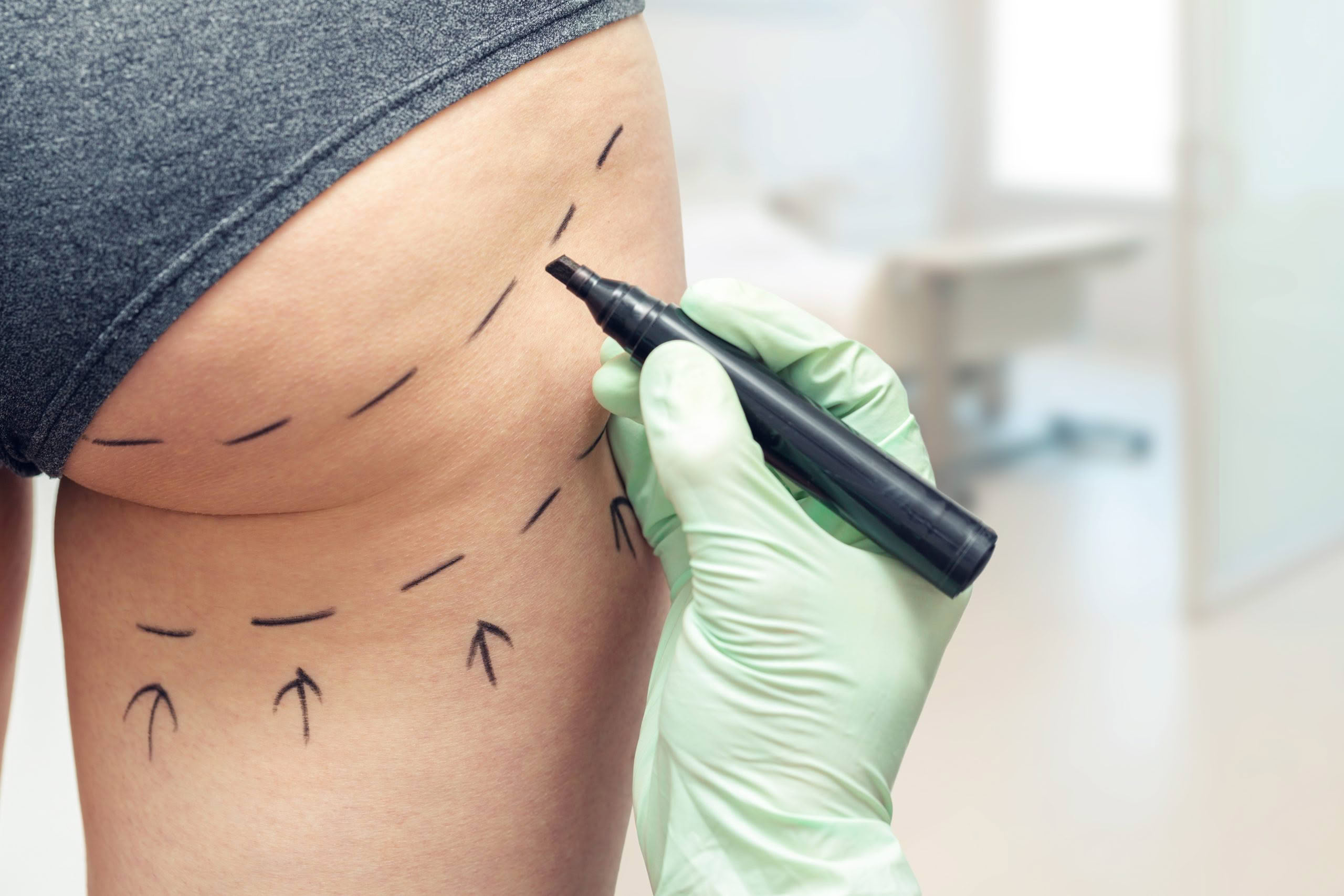Abdominoplasty, or tummy tuck, is an operation that removes excess skin and redundant soft tissues from the abdomen, in combination usually, with tightening or repairing the abdominal muscles, especially in women who have been pregnant.
It creates a flatter, tighter and shapelier abdomen, and waistline. The scar that results typically extends from one hipbone to the other, but is placed low to be hidden, if possible, by underwear.
Where suitable, liposuction may also be performed at the same time to remove stubborn, localised fat deposits. It is not designed as a remedy for weight loss, but rather to maximise aesthetic results after weight loss to achieve and maintain a goal weight.







